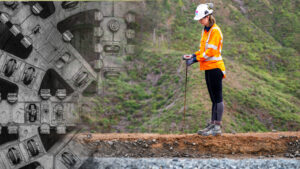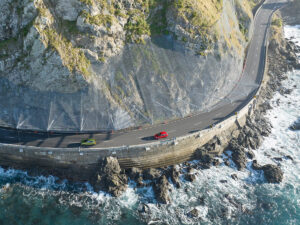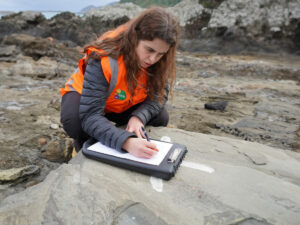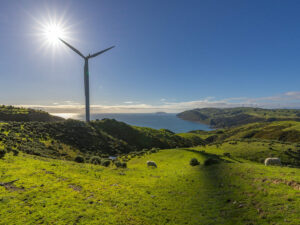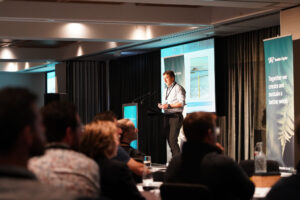Discussions and knowledge-sharing at the Building Nations symposium provided a great opportunity to look at how we create a degree of certainty in maintaining and planning Three Waters infrastructure, while navigating a sea of uncertainty.
One thing is certain, and that is that significant investment will be made in a Three Waters context over the coming years, irrespective of COVID, supply chain disruptions, climate change impacts, economic tightening and forecast labour shortages. As GHD economist David Norman pointed out, there will be difficult choices to be made.
There is likely to be intense competition for funding as we transition through the Three Waters reforms and move into the early years of the reformed sector, so capital works will need to be carefully prioritised and new projects supported by solid business cases.
The combination of reduced funding availability, skills, resources and materials will require prioritisation across geographies and issue type. Undoubtedly, Aotearoa New Zealand still has a way to go before there can be certainty about consistently safe, clean drinking water for all Kiwis. Meanwhile, in places, our ageing wastewater systems are not only being overwhelmed with population and development growth but are vulnerable to the impacts of a range of natural hazards, including sea level rise, heavy rain events and drought.
So, both Councils and our new Three Waters entities will have some pretty tough calls to make, as did the publicly-owned Scottish Water, which distilled 64 entities down to just three – very much like the model proposed here. Scotland and New Zealand share some distinct similarities – both have a population of some five million, and similar geography, with just a handful of major cities.
To reach the level of success achieved by Scottish Water meant taking a staged approach, making balanced, equitable investment calls that supported both sides during the transition period.
That’s where I believe Tonkin + Taylor can be of real help. Councils are likely still to have responsibility for aspects of stormwater management; environmental protection and natural hazards functions. Our Advisory and Water experts can help them to accurately identify issues and prioritise their activities and spending in light of reduced revenues – although it’s worth adding that, on the positive side, those reduced revenues will be balanced by less debt.
Meanwhile, under the proposed reforms, the creation of four Water Services Entities and moving the assets into larger “pots” will see greater debt balanced with greater borrowing capacity and debt-carrying capacity.
As things stand, these entities will start operating on 1 July 2024 with full responsibility for all of the drinking water and wastewater infrastructure in their respective areas. The following five to 10 years is when we’ll see the real transformation.
We’re moving into an environment in which there’s an environmental regulator, a drinking water quality regulator (which is, of course, already underway) and an economic regulator which will require a lot of information about assets. Asset operators and planners are going to quite quickly have to start gathering, analysing and presenting data on those assets and their performance that they might not have had to before.
With 63 years of experience under its belt, Tonkin + Taylor has worked for every Council and major Three Waters asset owner in the country – so these are assets that our people know like the backs of their hands. Tonkin + Taylor is very well placed to help with that data management process, along with the smart use of data to help inform investment decisions.
Understanding the risk of what they’re inheriting will be a major thing for the new entities. The last thing you need early on in the piece is for one of these assets to fall over in a critical way and lead to a major environmental issue, or worse, another Havelock North campylobacter outbreak. A lot of due diligence will need to be done.
Again, that’s where Tonkin + Taylor can help. We can help the new entities to understand risk, asset investment and develop intervention programs.
All in all, while there’s a lot of uncertainty in the water sector as we embark on this journey, reflecting on Scottish Water, I’m comfortable in saying we need to embrace change with all its challenges.
Scottish Water is a great model, but it might not prove to be quite the right fit for New Zealand. So, all that uncertainty I referred to earlier does offer potential – potential to build a sustainable, resilient and possibly world-leading Three Waters model of our own.




